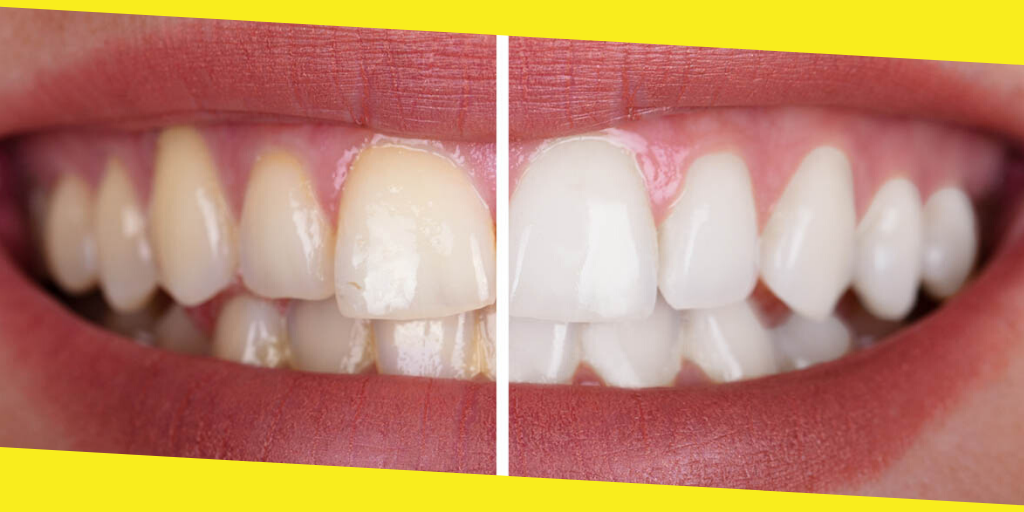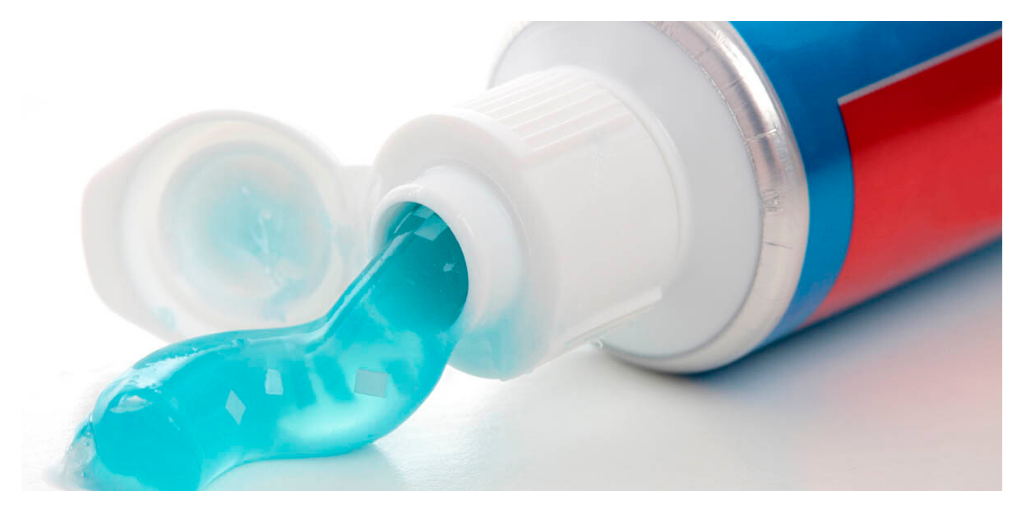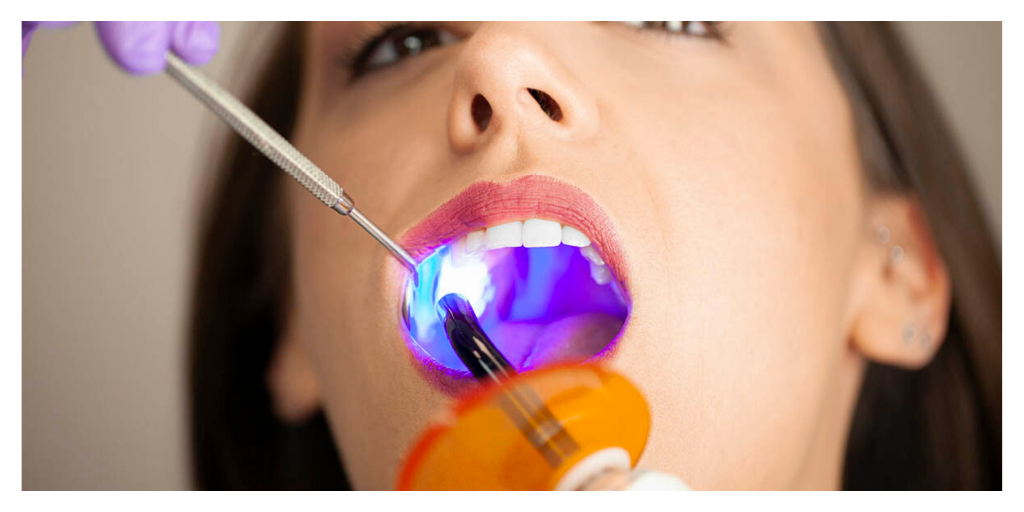Pros and Cons of 6 Common Teeth Whitening Methods
Stained and yellowish teeth can be embarrassing and take away the beauty in our smiles. If you type on your search bar “safe+teeth+whitening+methods”, most likely you will be bombarded with many different types of home-brewed teeth whitening regimes that promise significant results. Before jumping on the latest trend of teeth whitening products and procedures, it is first important to know what type of discolouration you have and identify factors that might have caused it.
Contents
ToggleWhat are the most common causes of teeth discolouration?
1. Extrinsic Staining is characterised by stains on the enamel surface or the outer layer of the teeth causing the teeth to look yellow. This can be caused by:
- Poor dental hygiene
- Excessive use of fluoride products
- Nicotine and tar from smoking
- Regular drinking of coffee, tea, wine or other staining beverages
2. Intrinsic Staining is a dark internal stain that affects the colour of the dentin or the inner layer of the enamel. This gives a characteristic greyish blue or yellowish tinge to the teeth. This can be caused by:
- Internal bleeding from dental trauma
- Congenital problems
- Early exposure to antibiotics while the teeth are still developing
3. Age-related factors like gradual exposure of dentin as the outer layer of the teeth tend to get worn out with age.
6 Most Commonly Used Teeth Whitening Methods
With the plethora of trendy teeth whitening methods, it can be hard to keep track what’s the best one for you. The following section lists the advantages and disadvantages of popular teeth whitening methods to give you a clearer picture on how to regain your most confident smile!
Brushing with whitening toothpaste
Whitening toothpaste contains abrasive or acidic components to aid the removal of dark and difficult stains from the teeth.
Pros: Available at affordable prices and can contain abrasive agents like activated charcoal and peroxide. Whitening toothpaste is a good solution to extrinsic discolouration as it helps remove the stains building upon the surfaces of the teeth.
Cons: According to Dental Designs, while whitening toothpaste can make your teeth sparkly clean and shiny, it does not change the colour of the teeth in a significant way, and therefore not a suitable choice to whiten intrinsic discolourations.
Home Remedies
Some of the popularly used home remedies are:
- Baking soda with 0.1% of hydrogen peroxide
- Activated charcoal
- Citrus Peels
Pros: Economical, easy to use and to a certain extent, remove stains and kill bacteria on the surface of the teeth.
Cons: They only serve as mechanical cleaners to get rid of extrinsic stains and cannot change the intrinsic colour of the teeth. If used incorrectly or with prolonged exposure, they can easily erode the enamel of the teeth and expose the dentine layers making teeth more susceptible to stains and darkening.
Over-the-counter Teeth Whitening Kits
Over the counter teeth, whitening kits may include various types of whitening agents that you can easily apply to the surface of the teeth.
Pros: Readily available, cheap and DIY.
Cons: Contain restricted amounts of whitening agents (0.1% or less) and can only whiten extrinsic stains but cannot target the inner layers of the teeth.
Teeth whitening at salons and spas
Most beauty salons and spas use a whitening gel activated with a blue LED light to whiten teeth.
Pros: The cost of teeth whitening offered at salons and spas are usually a good bargain when compared to getting it a dentist’s clinic. You can also get results in one sitting, unlike conventional methods that can take up to a couple of weeks to see improvements.
Cons: Non-dentists are not allowed to use higher doses of whitening agents and are usually limited to a concentration of 0.1% or less. There is also no scientific evidence that LED light can do much of anything as far effectivity is concerned. To add, non-dentists cannot address issues associated with teeth whitening such as sensitivity and proper oral care. Therefore, teeth whitening at salons cannot make your teeth as white as a dentist can.
Chair-side teeth whitening
Chair-side teeth whitening is done by a true dentist in the clinic. This type of procedure, which can be done in under an hour, is performed in the following steps:
- Assessment of teeth discolouration
- Routine scaling and polishing to protect lips and gums
- Application of whitening gel
- Activation of the gel by laser light or blue wavelength light
Pros:
The most effective method that dentists use higher concentrations of hydrogen peroxide gel (up to 25% or more) to ensure deeper and more efficient stain removal. The activation of light energy speeds up the breakdown of peroxide to free oxygen radicals that can penetrate the surface of the teeth and whiten even the underlying layers. In addition, having your teeth whitening done by a licensed professional ensures proper assessment of your teeth, safe handling of the chemicals used and proper medical help in case of sensitivity.
Cons:
Can be expensive and can amount up to $1000 plus additional fees for consultation and follow-ups. Depending on the extent of discoloration, your dentists may require multiple sessions to achieve the best results.
Dentist-prescribed take-home kits
Take-home whitening kits can also be prescribed by dentists and are also effective in whitening teeth. With this option, your dental moulds will be taken and customised trays will be prepared for you. Depending on the condition, your dentist will prescribe a certain concentration bleaching gel to be placed on the dental trays. You must wear the bleaching trays for at least 30 minutes to a couple of hours each day to facilitate teeth whitening.
Pros:
More convenient and requires fewer visits and less expensive compared to chair-side procedures. They can cost about half the price of in-office teeth whitening procedure. Dentist-prescribed take-home kits are also more effective than over-the-counter kits as they have a higher concentration of whitening agents.
Cons:
In contrast to chair-side procedures that can yield instant results, dentist-prescribed take-home kits may take up to a week or more before actual results can be observed. This method also requires a lot of dedication to wear bleaching trays for a few hours each day.
You may like this
Most Inside
Most Inside offers high-quality recommendations and valuable updates to enhance all aspects of your life, providing premium guidance and enriching experiences.







